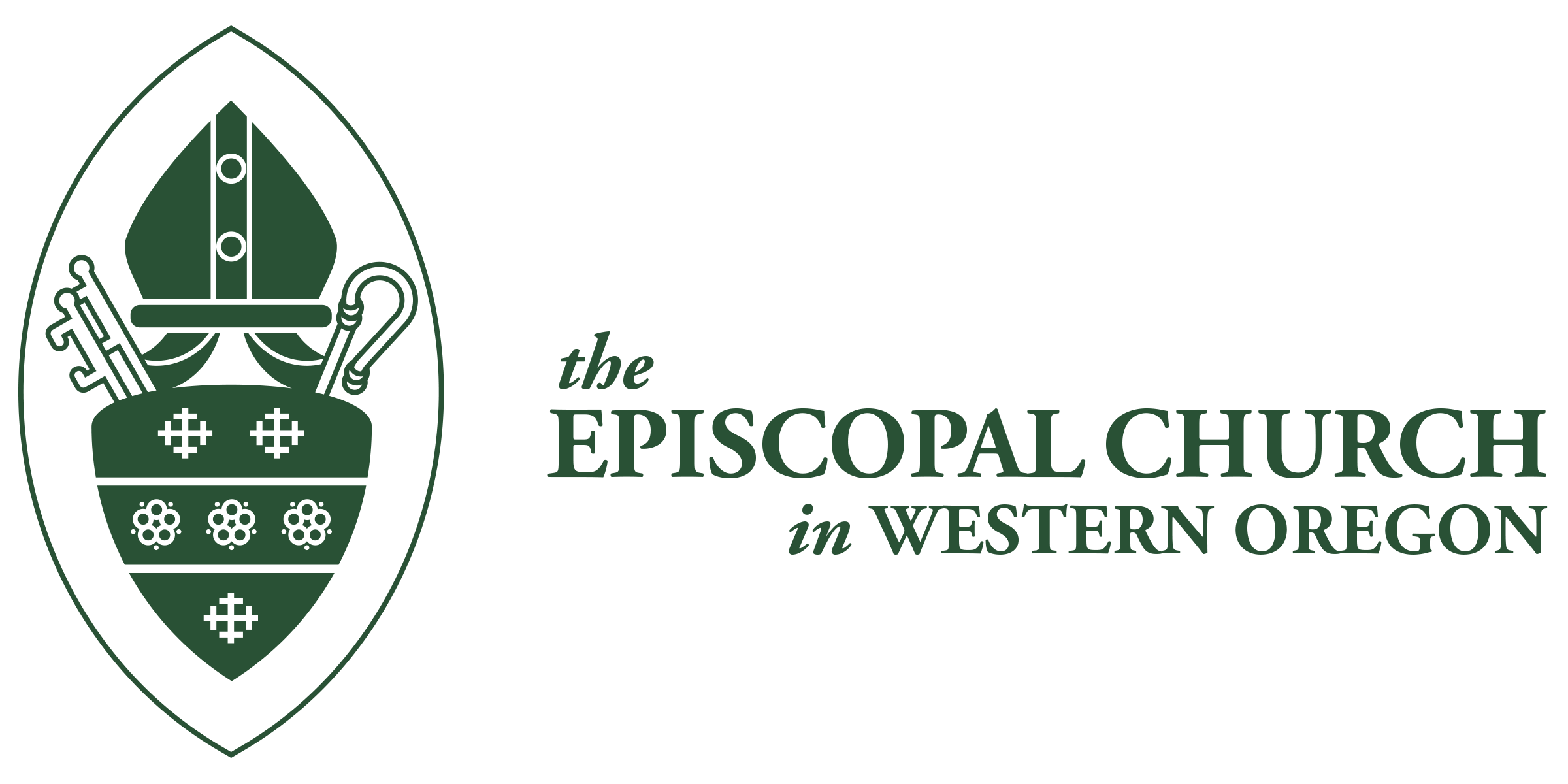Disaster Preparedness
Disaster preparedness is planning to mitigate the effects of a disaster (emergency).
The plan normally includes preparation and response. Disasters affect faith communities either through the loss of their facilities or area-wide events. The latter include weather (wind, snow, ice), fire (multi-dwelling and wildfire), geological (earthquake and landslides), and disease (flu). Planning can be basic: how to continue when parish facilities are lost.
It can be more comprehensive such as assisting with response or recovery after an event.
The Episcopal Church’s involvement in disaster preparedness began in 2005 with a National Executive Council initiative as the US Disaster Program. Since then, most dioceses in the U.S. are actively stressing diocesan and community planning as well as developing actions to aid others in disaster. Both clergy and lay are urged to undertake these actions.
Preparedness begins with each individual.
We must put on our own oxygen mask to best serve others.
Diocesan Disaster Coordinator
Each diocese has a Diocesan Disaster Coordinator reporting to the bishop’s office.
This person has several important roles:
-
- Encourage and assist parishes with planning.
- Provide appropriate training throughout the diocese.
- Serve as the coordinator between the diocese and parishes both with disaster preparedness and in a disaster.
- Act a representative for the diocese on area-wide and state-wide coordinating organizations.
- Be the liaison between the diocese and US Disaster Program.
Diocesan Disaster Preparedness Team:
Coordinator, Sr. Amy Linder, OPA (Emannuel, Coos Bay), email. Cell: 509-930-6036
Resources
